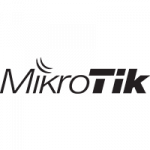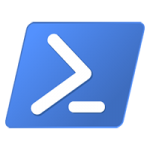Android and iOS Apps in Windows 10

Microsoft has a vision to make Windows 10 the platform for developers, giving them the ability to cover phone, tablet, PC, hybrid and console. As there is a free upgrade for Windows 7 and 8 users to Windows 10, the company has an ambitious goal to reach 1 billion users on the Windows 10 family within 3 years of launch.
Microsoft announced their effort to bring developers and their apps to Windows in 4 steps.
Make it easy for web developers to present their sites as apps. It was already announced at Mobile World Congress earlier in the year. More specifications can be found here.
Allow developers to specially prepare existing Windows apps, whether Win32, .NET WinForms, .NET WPF, or any other Windows development technology and sell them through the Windows Store. The difference between the traditional installation and Store apps installation is that it will be installed, updated and uninstalled in a clean way to motivate users to try out new apps without the fear of too much of a hassle.
Give the opportunity to Android and iOS developers to take their iOS apps and build them for windows. Microsoft has developed an Objective C toolchain and middleware layer that provide the operating system APIs that iOS apps expect. (As an example King’s Candy Crush Saga for Windows Phone being one of the first apps built this way – only a few percent of the code had to be changed in order to fully port it in Windows phone.)
Allow Android apps to run in Windows Mobile, which is an official name for Windows on phones and sub-8 inch tablets. It will include an Android runtime layer that will let them run existing Android apps (both Java and C++) unmodified. Unlike Islandwood, which will require developers themselves to recompile their software to bring it to Windows, Astoria will in principle work with any old APK, without requiring the developer to do anything but publish the app in the store, as long as the APK sticks to the APIs that Astoria will provide.
There are two aspects to Android:
- Android Open Source Project (AOSP) – a mix of GPL and BSD-licensed open source code that anyone can take and fork
- Google Mobile Services (GMS) – an ever expanding closed-source set of applications and APIs that Google develops.
Microsoft did confirm that the supported proportion of AOSP and GSM would not be 100% in Astoria, however it will offer some integration points so that developers can with minor alterations support features like Cortana (personal digital assistant on PC and smartphone). The strategy is to allow developers to use the code they already have and encourage them to make Windows apps.























Leave a Reply